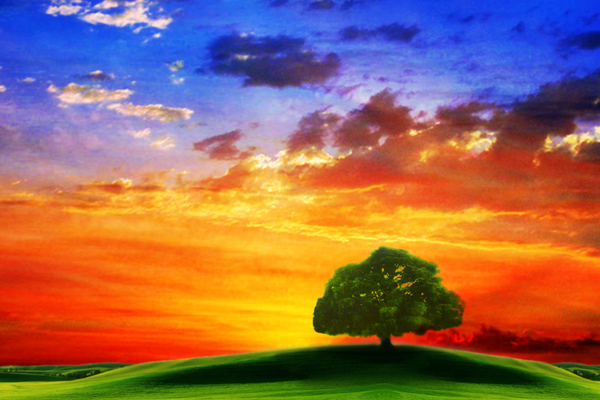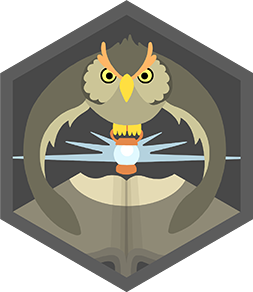Describe your aesthetic
Create a personal aesthetic collage using magazines, fabric scraps, photos, and drawings to describe your favorite colors, styles, and objects.



Step-by-step guide to describe your aesthetic
The 7 Elements of Art Explained: A Fun and Easy Guide for Kids! 🎨
Step 1
Clear a flat workspace for your collage.
Step 2
Place your poster paper or cardstock in the center of your workspace.
Step 3
Gather all your materials into one pile within reach.
Step 4
Decide on one aesthetic theme that shows your favorite colors styles and objects.
Step 5
Flip through magazines and photos to choose pictures that match your theme.
Step 6
Cut out the pictures and shapes you picked.
Step 7
Cut fabric scraps into small pieces or fun shapes you want to use.
Step 8
Arrange your cut images fabric pieces and photos on the poster without gluing to test different layouts.
Step 9
Move pieces until the colors styles and balance feel right to you.
Step 10
Use coloring materials to add drawings words or extra details that explain your aesthetic.
Step 11
Glue each item down starting with pieces at the back and working toward the front.
Step 12
Let your collage dry completely for at least 30 minutes.
Step 13
Share your finished collage on DIY.org
Final steps
You're almost there! Complete all the steps, bring your creation to life, post it, and conquer the challenge!


Help!?
What can I use instead of poster paper, magazines, or fabric scraps if I can't find them?
Use a flattened cereal box or piece of cardboard for the base, substitute printed photos, wrapping paper, or colored construction paper for magazines, and replace fabric scraps with tissue paper or felt that you can cut into shapes.
My pieces keep moving when I try layouts—how can I stop them during the 'arrange without gluing' step?
Temporarily tack pieces with small bits of removable tape or a low-tack glue stick while you move other items, and when gluing press layers flat and weigh them with a book during the 30-minute drying step.
How can I adapt this collage activity for younger kids or older children?
For younger kids, pre-cut magazine shapes, use large glue sticks and stickers and skip small fabric pieces, while older kids can add sewing, layered mixed media, stencils, or a written artist statement using coloring materials.
What are easy ways to enhance and personalize my finished collage before sharing on DIY.org?
Add 3D elements like buttons or ribbon glued on top, write a title and descriptive words with markers during the coloring step, varnish or frame the poster after it dries, and photograph the collage for sharing on DIY.org.
Watch videos on how to describe your aesthetic
Develop your OWN Art Style | And how to draw with it | Drawlikeasir
Facts about collage and mixed-media art for kids
✂️ Decoupage started as a folk craft for decorating boxes and furniture and later became a widely loved decorative art in Europe.
🎨 Collage was popularized by Pablo Picasso and Georges Braque in the early 20th century when they glued paper and cloth into paintings.
🌈 Colors change how things feel — blues often feel calm, reds feel energetic, and pastels feel soft and dreamy.
🖼️ Designers and filmmakers use mood boards (personal collages) to plan styles, colors, and story ideas before creating.
📚 Just a few old magazines can provide dozens of pictures, patterns, and words to cut and reuse for creative collages.
How do I make a personal aesthetic collage with my child?
What materials do we need to create an aesthetic collage?
What ages is a personal aesthetic collage suitable for?
What are the benefits of making a personal aesthetic collage?


One subscription, many ways to play and learn.
Only $6.99 after trial. No credit card required



